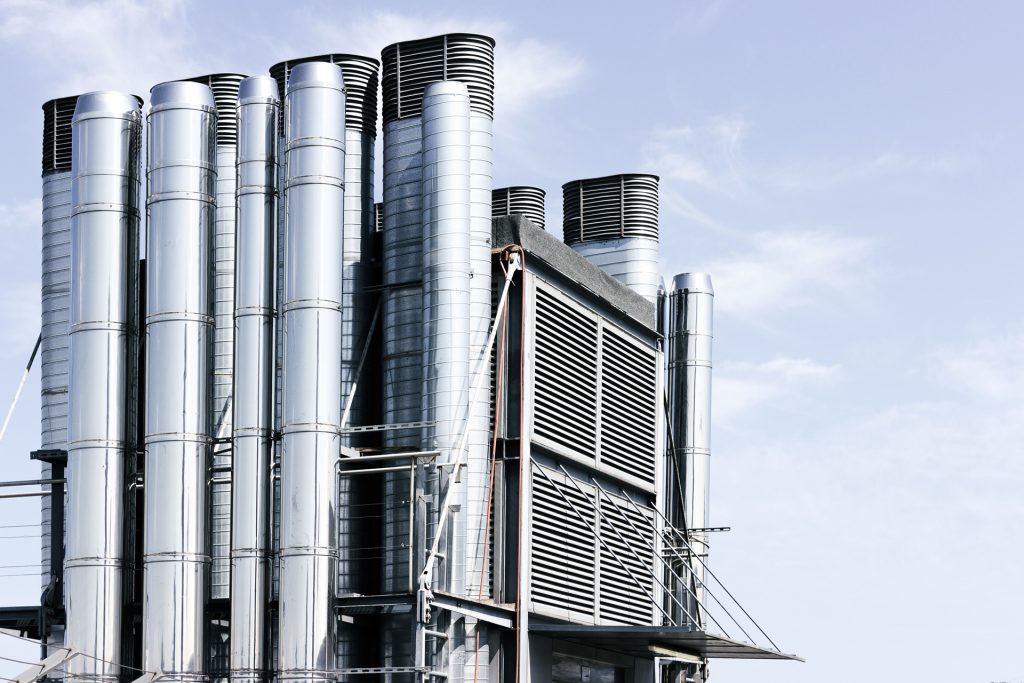Why Choose Air Monitor?

Since 1967 – 50 Years
For over five decades, Air Monitor has provided premier airflow measurement systems to the Commercial HVAC, Industrial Process, and Power Generation markets.

Industry Pioneer
Unique and critical skill set because we are always the first one called to provide a solution.

Best-in-Class Technical Support
Our technical team is supported by an operations team that has the capability and desire to satisfy all requirements.

Airflow Measurement Solutions
Air Monitor Knows Air Flow Measurement
We know from experience that it is important to apply the right technology to the right air flow measuring application. That is why Air Monitor Corporation doesn’t follow a “one size fits all” approach to air flow monitoring. Instead, we provide standard air flow measurement solutions to meet common challenges, as well as custom air flow measurement solutions to meet your unique specifications. Having the right airflow measurement devices (transmitters, measuring stations, pressure sensors, purge systems, and probes) for HVAC, Industrial, and Power applications is essential for accurate air flow measurement in your system or process.
For commercial HVAC Air Flow Measuring applications like building airflow measurement and control, room or space pressurization, outside reference pressure measurement, laboratory & hood exhaust, and outdoor airflow monitoring, we provide a suite of air flow measuring devices to meet high performance building standards.
We also provide air flow measuring stations and air flow measuring devices for Industrial air flow monitoring applications such as clean & dirty airflow, combustion airflow, and pressure measurement. When your team is looking for efficiency solutions for your industrial process, an airflow measurement system from Air Monitor Corporation will help your optimization goals. Whether it is a retrofit upgrade or incorporated into a new system, our team of industrial application specialists can guide you toward the ideal product solutions.
No matter your application, our state-of-the-art factory manufactures precise, reliable, accurate air flow measurement solutions that you can rely on.
Our team has decades’ worth of combined experience, and we match our best-in-class technology and air flow measurement devices with best-in-class technical support. Get ready to partner with Air Monitor Corporation for your air flow measuring system needs by exploring our website, or you can contact us today or use our “Request a Quote” button to get started.
Upcoming Events
Due to the unforeseen circumstances of COVID-19 and to protect our employees, we are limiting our exposure by not attending any in-person events or trade shows for the 2020-2021 calendar year. Please check back periodically for up to date information on future event scheduling.
IDEA2022 Annual Conference
June 6 - June 9
Sheraton Centre Toronto Hotel
123 Queen Street West
Toronto, M5H 2M9

AHR Expo
January 31 - February 2
AHR Expo 2022 Las Vegas
3150 Paradise Rd
Las Vegas, NV 89109


